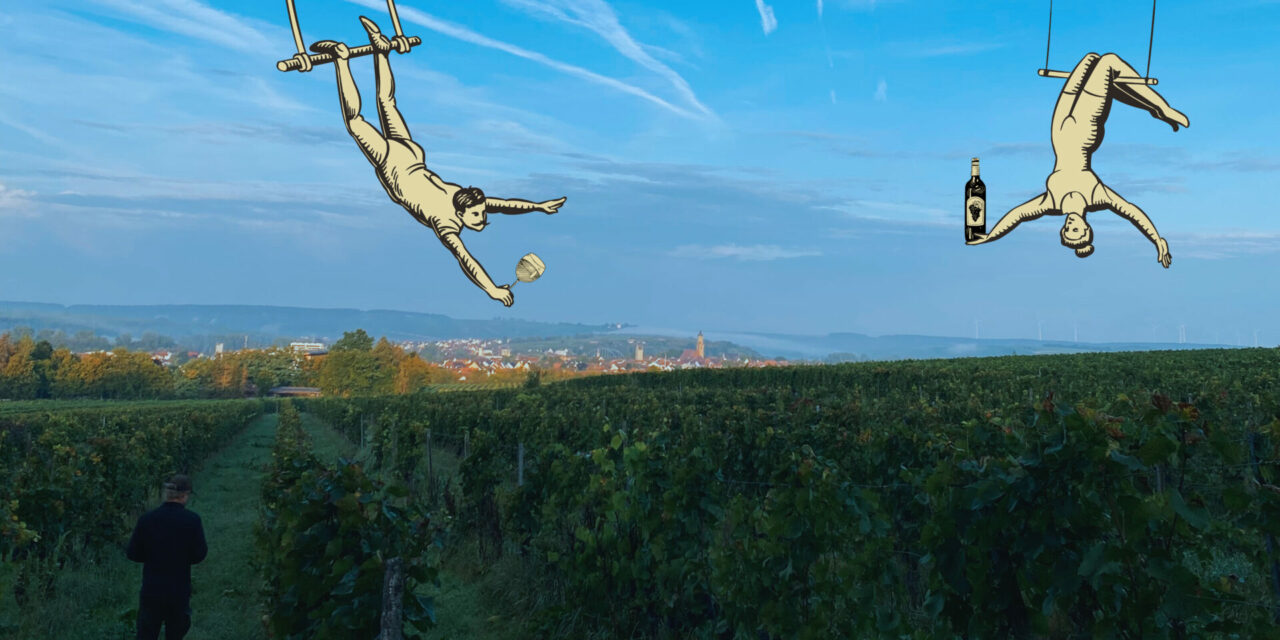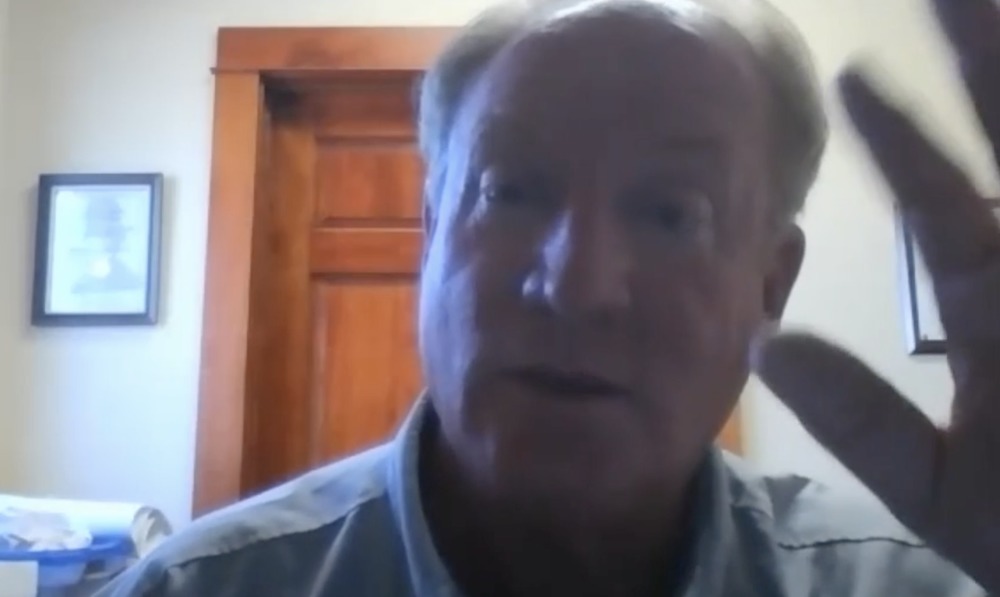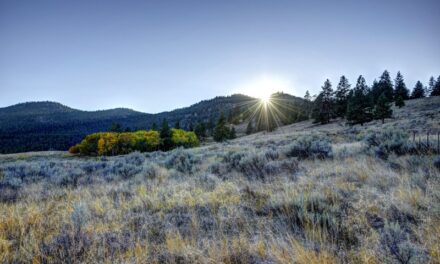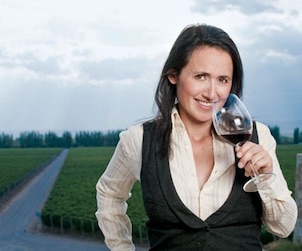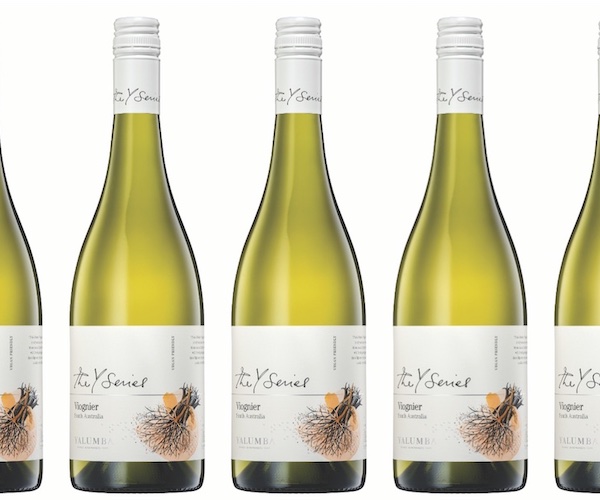Each year, I do my best to visit different countries and experience their harvest season. This keeps me humble and reminds me of the incredibly difficult task it is to simply produce wine. This year, we enjoyed (read: tolerated) a balmy twenty-eight to thirty-two degrees celsius for practically all of September in Germany. Heat to that degree isn’t actually as ideal as one would think for the harvest season. The precipitation, humidity, and heat lent to a lot of rot, and with rot, little pests. Many of the wines are Vitis vinifera and therefore sensitive to big climate changes (not unlike yours truly).
This is my second year in the same space. I rarely return to the same winery only because I like to get as much travel in as possible. 2Naturkinder is different. I first drank 2Naturkinder here in Ottawa. German Pinot Noirs had a huge affect on me for a long time, and learning more about their natural wine scene made me even more excited to visit. 2Naturkinder was my first experience with blends and varieties of the particular area, wines made with such love and care, and truly expressing the land from which the vines grow. Melanie Drese and Michael Völker, after working in science publication for several years, returned back to Kitzingen, and Michael’s family winery (founded in 1843), to embark on a journey to create wines that are alive.
With a multi-generational winemaking background, Michael overhauled the winery and started creating beautiful natural wines in his hometown. Gleaning what he could from being raised in a previously conventional winery, Michael is at the forefront of his contemporaries in the area. He, and his assistant winemaker Bobby Fishel, have a very dedicated hand in natural winemaking. Bobby, having started as a harvest intern turn assistant, co-owns a wine bar in Liverpool by the name of Bunch Wine Bar, and makes his own wines in South Australia (Just Enough). They contrast each other *just enough* (in wine styles, areas of expertise) but both whole-heartedly agree to no sulfur additions, or any other additives.
2Naturkinder and a few other winemakers have decided to make a more exciting wine region of Franken. It forms a sense of community rather than competition. Michael works most closely with Thomas Patek, a budding winemaker currently working on his second vintage in a small area within Michael’s cellar. Thomas had previously worked in engineering, and, while comfortable enough, did not find it fulfilling. Much like his cellarmate, Thomas left engineering and began a hardworking career in sustainable winemaking (but doesn’t shy away from a pinch of sulfur).
Often, those seeking fulfillment, space to breathe, and space to think (and happen to love wine) end up on the vineyard. Contemporary winemaking sees small variations in vinicultural practice that are more harmoniously developed.
One evening, while standing together over a glass of local wine, we discussed a very topical subject amongst winemakers: to use or not to use sulfur. Sulfur is not necessarily dangerous, and sulfites naturally occur in the process of fermentation (they also exist in your pickles). It can be a challenge to develop fresh and fruit-forward wines without minimal sulfur additions (not an opinion everyone agrees on).
While standing between three winemakers on either side of the sulfur fence, we agreed that it’s like a trapeze act. Making wine is always a risk, and the higher the trapeze, the harder the fall. To make wine starts far before the cellar, there is a lot of physical labour and dedication; this heightens the trapeze. Making natural wines of profound calibre is a unique challenge each year, and with a fine hand and good practice, it should be possible. The difference between working with or without sulfur, is whether or not you have a safety net under that trapeze swing. Sulfur can help stave off imperfections, it can help control freshness, and it can act as a safety net. The act of creating brilliant wine (or a trapeze act) is exhilarating, but to succeed without the safety net shows a certain level of confidence. It displays the winemaker’s work in its truest form. While each winemaker in the area holds a certain idea of what their wines display, whether sulfured or unsulfured, the values are quite common: mutual respect. The wineries in the area are close-knit and able to help each other. Their lack of divisiveness aligns with the melting pot of contemporary wine, which finds inspiration in a varied array of wine regions with global access to so many styles.
The contemporary hot bed of German wines has piqued my interest. The universalism of the new wine world has seen some embrace capitalist modernism, some embrace the geeky, illustrious postmodern, and some have begrudgingly declined it all, reverting back to a point in history and culture long since past. The beauty of the contemporary wine world is that it’s a blend of all points, expanding on our understanding of its creators and consumers. It gives each winemaker the creative freedom they so deeply deserve while recognizing the trials and tribulations of making wine in the 2020s.
For those interested in knowing more about contemporary winemakers in (and around) Franken, I’ve provided some links below:

